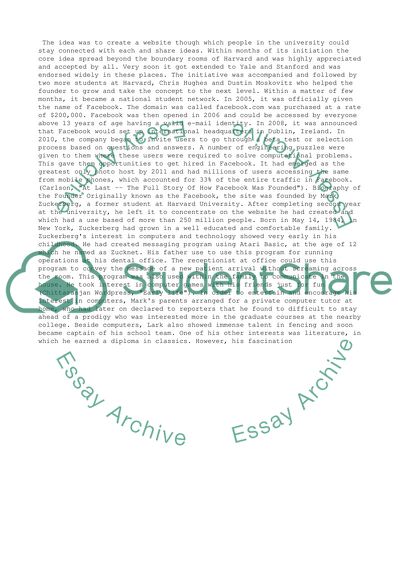Cite this document
(“Facebook Analysis To Confirm Its Competitiveness In A Defined Market Essay”, n.d.)
Retrieved from https://studentshare.org/business/1398991-facebook-analysis-to-confirm-its-competitiveness
Retrieved from https://studentshare.org/business/1398991-facebook-analysis-to-confirm-its-competitiveness
(Facebook Analysis To Confirm Its Competitiveness In A Defined Market Essay)
https://studentshare.org/business/1398991-facebook-analysis-to-confirm-its-competitiveness.
https://studentshare.org/business/1398991-facebook-analysis-to-confirm-its-competitiveness.
“Facebook Analysis To Confirm Its Competitiveness In A Defined Market Essay”, n.d. https://studentshare.org/business/1398991-facebook-analysis-to-confirm-its-competitiveness.


